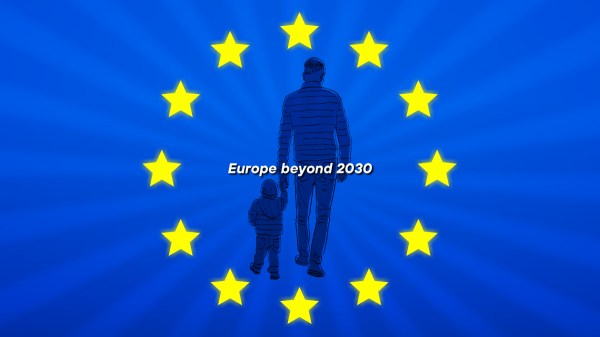Telefónica Public Policy & Telefónica España Regulatory teams
 The UN Broadband Commission has released its annual report recently, gathering interesting country-by-country data on the state of broadband access worldwide.
The UN Broadband Commission has released its annual report recently, gathering interesting country-by-country data on the state of broadband access worldwide.
This is a key public policy issue, as is well demonstrated that broadband has the ability to increase economic & social growth, wherever it is present. Therefore, broadband deployment should occupy a priority place in most national plans for the benefit of the society.
Among the key findings of The State of Broadband 2015 report, I would highlight the following:
- 3.2 billion people are now connected (up from 2.9 billion last year). This means that whereas 43% of the global population are connected, 57% of the world’s people remain offline.
- Broadband growth is not consistent across regions or across technologies: for example, in Europe, some incumbent telcos are seeing revenues decline, while cable operators and ‘altnets’ are being helped by TV revenue growth (cable) or more agile business models linked to their smaller size (altnets).
- The mobile industry is also growing strongly but unevenly: almost 3.5 billion mobile broadband subscriptions by end 2015 and 6.5 billion predicted by 2019 (mobile broadband is the fastest growing ICT service in history) but Asia-Pacific accounting for half of those subscriptions.
- Smartphones now dominate the mobile device market, and will continue to do so for the foreseeable future because only one third of all mobile subscriptions are currently associated with a smartphone.
- Growth in the range of languages available for some of the main online services is not matching the growth in Internet use: today, only an estimated 5% of the world’s languages is present on the Internet, which is a major obstacle to increasing demand for relevant content and the take-up of broadband services.
- The ‘Internet of Things’ (IoT) is growing fast: one billion IoT devices will be shipped in 2015 (up 60% on 2014 figures) and 25 billion networked devices forecasted by 2020 (meaning connected devices could outnumber connected people by 6:1).
Telefónica hopes that the Sustainable Development Goals Summit and the parallel meeting of the Broadband Commission for Sustainable Development that took place in New York last week, with the support of all stakeholders involved, find ways of getting online the four billion people who still lack the benefits of Internet connectivity as soon as possible.
You can watch below the interview to Phillipa Biggs, ITU on The State of Broadband Report:









